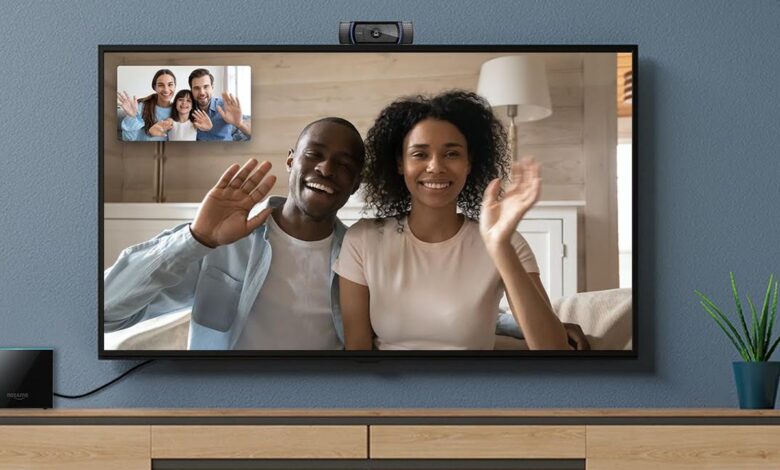Google has introduced a free version of Gemini Code Assistant, its AI-powered coding assistant, for solo developers worldwide. The tool, previously available only to enterprise users, is now in public preview, making advanced AI-assisted coding accessible to students, freelancers, hobbyists, and startups.
More Features, Fewer Limits
Unlike competing tools such as GitHub Copilot, which limits free users to 2,000 code completions per month, Google is offering up to 180,000 code completions—a significantly higher cap designed to accommodate even the most active developers.
“Now anyone can easily learn, generate code snippets, debug, and modify applications without switching between multiple windows,” said Ryan J. Salva, Google’s senior director of product management.
AI-Powered Coding Assistance
Gemini Code Assist for individuals is powered by Google’s Gemini 2.0 AI model and offers:
Auto-completion of code while typing
Generation of entire code blocks based on prompts
Debugging assistance via an interactive chatbot
The tool integrates with popular developer environments like Visual Studio Code, GitHub, and JetBrains, supporting a wide range of programming languages. Developers can use natural language prompts, such as:
“Create an HTML form with fields for name, email, and message, plus a submit button.”
With support for 38 programming languages and a 128,000-token memory for processing complex prompts, Gemini Code Assist provides a robust AI-driven coding experience.
Enterprise Features Still Require a Subscription
While the free tier is generous, advanced features like productivity analytics, Google Cloud integrations, and custom AI tuning remain exclusive to paid Standard and Enterprise plans.
With this move, Google aims to compete more aggressively in the AI coding assistant market, offering developers a powerful and unrestricted alternative to existing tools.

